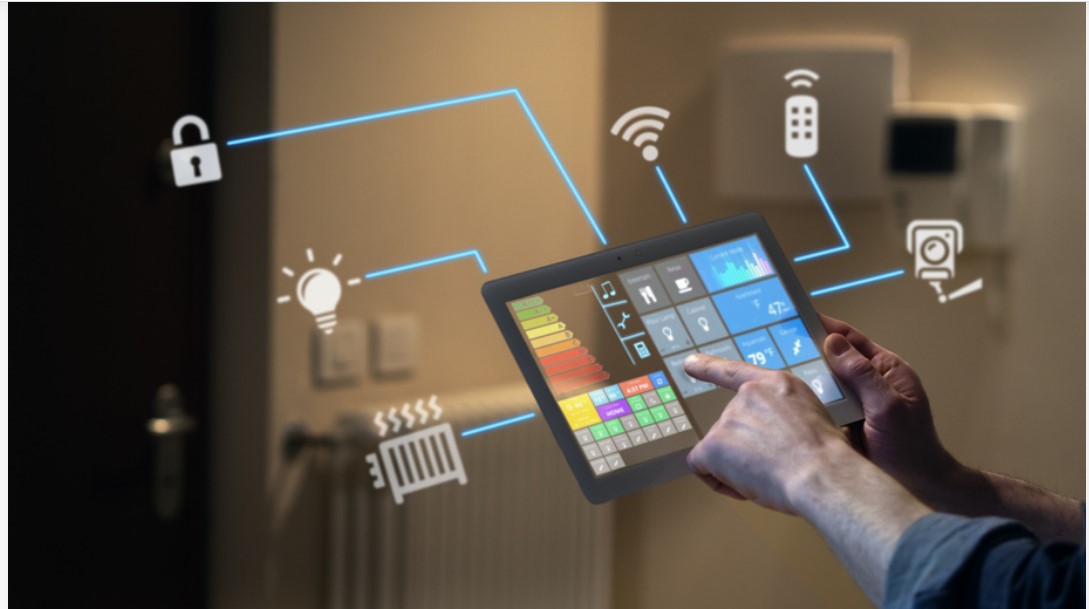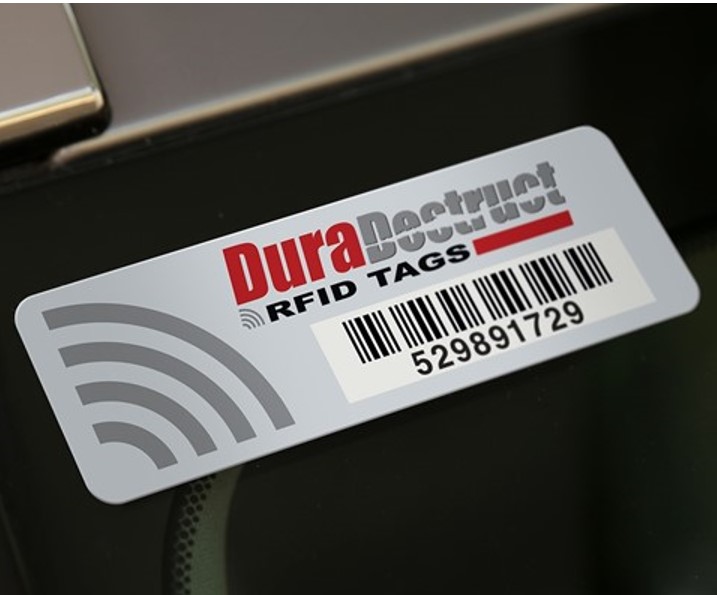Rank-1 Linear Relay Codes Empowering Low-Power Wireless Communication
This invention introduces an innovative, high-dimensional relay coding technique that significantly enhances the efficiency and reliability of data transmission in relay channels, particularly for low-power wireless devices.
In the realm of wireless communication, the efficient transmission of data in environments constrained by power and computational resources remains a paramount challenge. Traditional approaches, primarily utilizing 2-dimensional linear relay codes, have faced limitations in meeting the evolving demands of low-power devices. This scenario underscores the necessity for advanced coding techniques that not only improve energy efficiency but also ensure reliable data transmission over relay channels.
This University at Buffalo and Caltech technology introduces a groundbreaking low-complexity, low-power coding solution utilizing rank-1 linear relay codes for the Gaussian relay channel, aiming at enhancing data transmission in wireless devices burdened by power and computational limits. By exploring the potential of high-dimensional relay codes, it establishes new performance benchmarks, overcoming the constraints of traditional 2-dimensional coding schemes. The core innovation lies in linking the optimization of energy efficiency to the solution of a specific differential equation, culminating in a robust, energy efficient communication protocol suited for modern, low-power wireless networks.
 Source: Kitreel, https://stock.adobe.com/uk/321238072, stock.adobe.com
Source: Kitreel, https://stock.adobe.com/uk/321238072, stock.adobe.com
There is a boost in the energy efficiency and operational longevity of wireless communication devices through optimized data transmission and reduced power needs. It offers enhanced reliability and extended range, vital for devices in demanding conditions or with severe power constraints. The technology's emphasis on low power consumption contributes to a smaller carbon footprint.
The applications include IoT sensors deployed in remote environmental monitoring, wearable health monitors requiring minimal energy for long-term data collection and smart home devices that seek to optimize energy consumption while maintaining constant connectivity. In agricultural technology it could benefit soil moisture sensors and enabling long-range reliable communication with minimal power use. In urban infrastructure applications could include smart street lighting and traffic management systems that rely on efficient, low-power communication that reduce environmental impact.
Provisional patent 63/749,877 filed January 27, 2025.
TRL 6
Available for licensing or collaboration.

Patent Information:
| App Type |
Country |
Serial No. |
Patent No. |
Patent Status |
File Date |
Issued Date |
Expire Date |
|